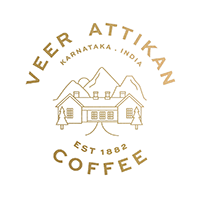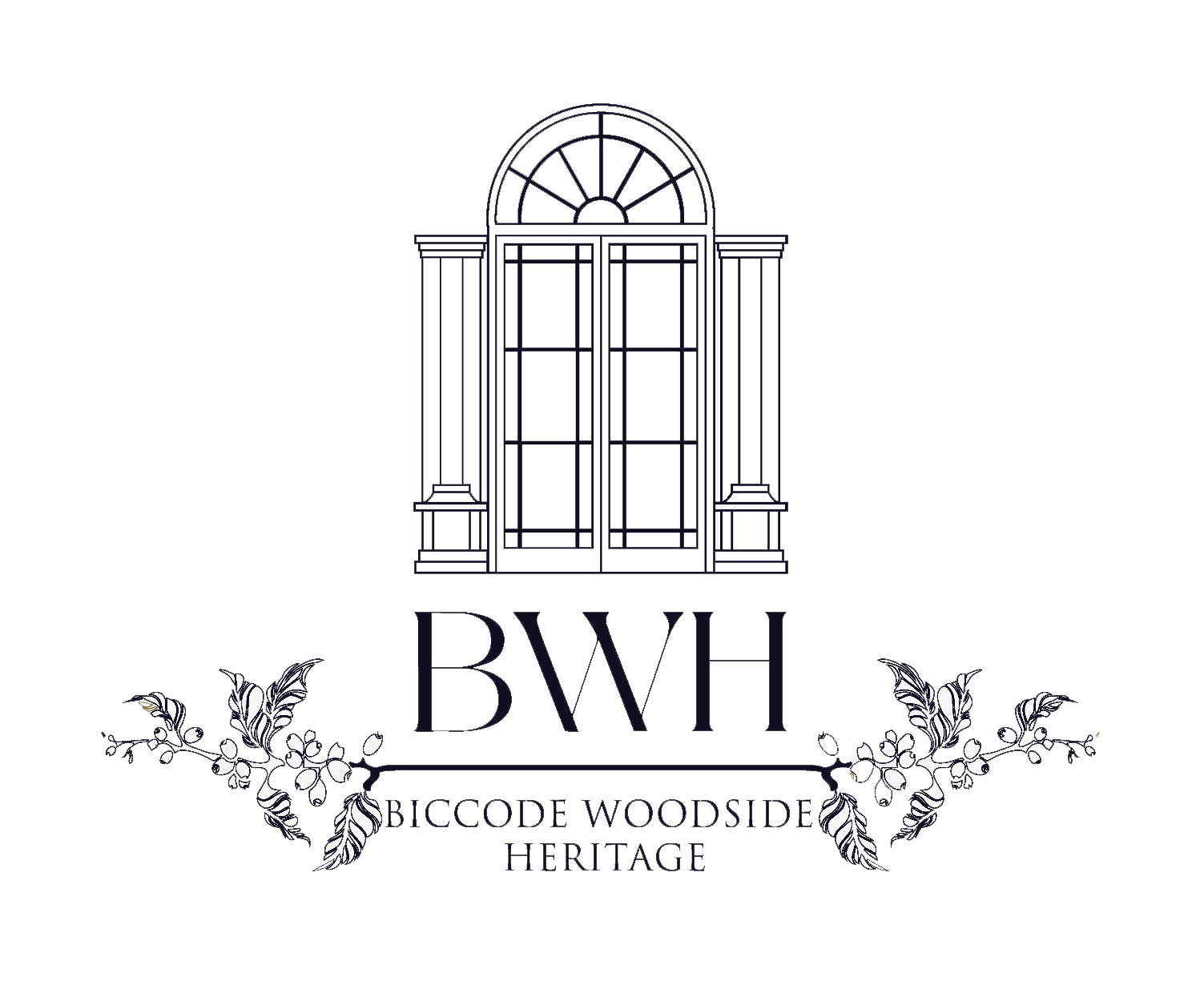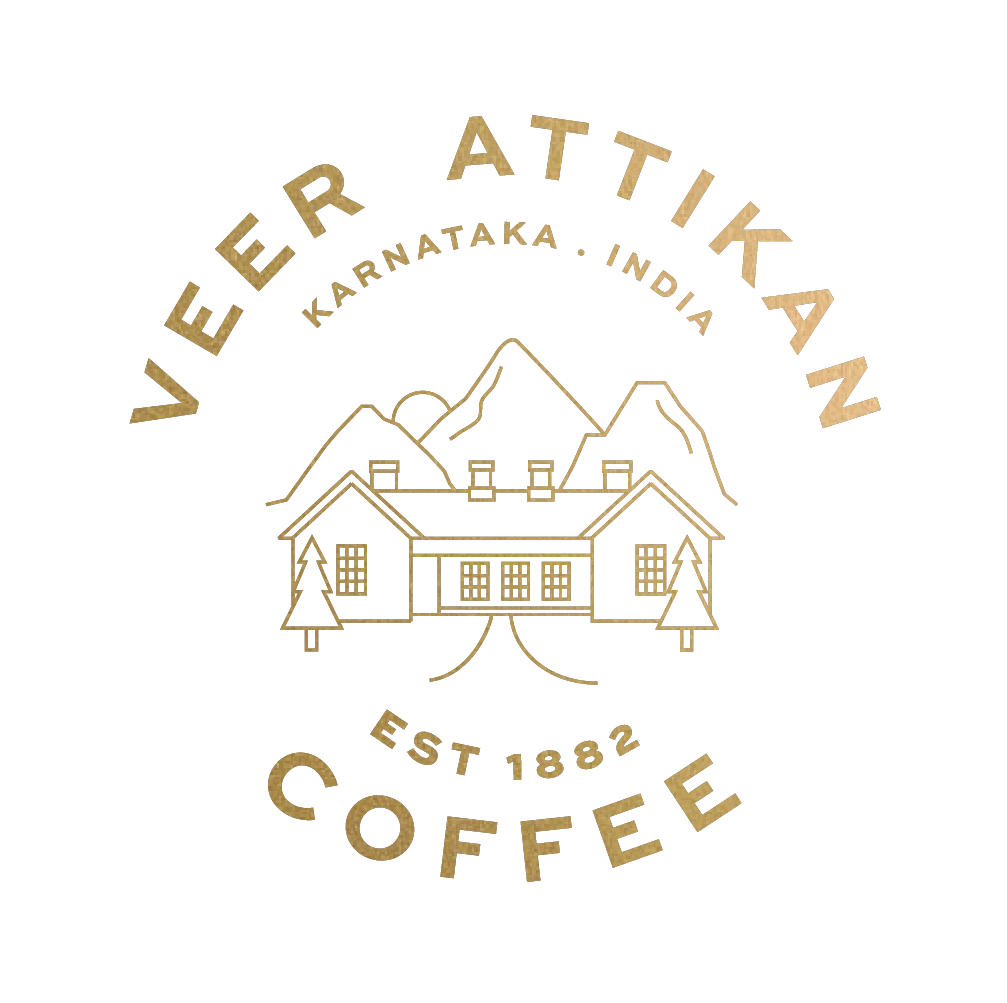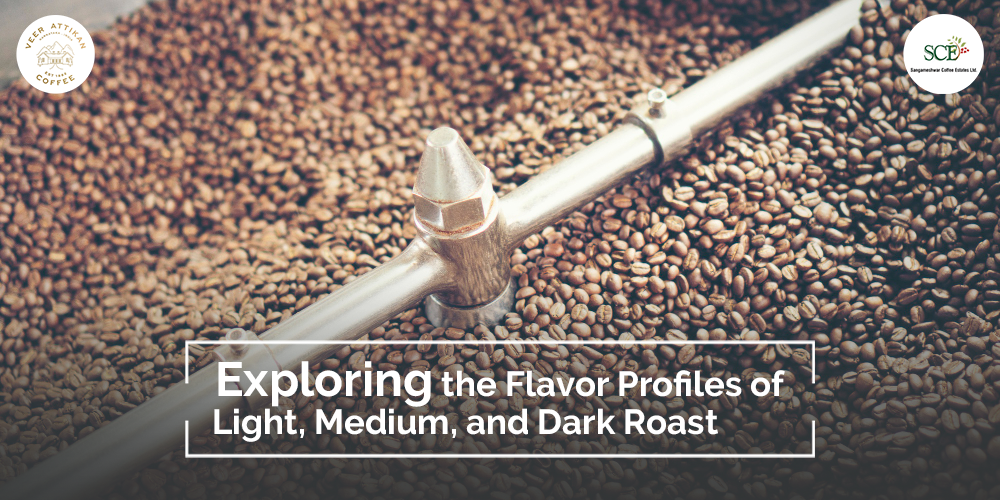Coffee is one of the most popular beverages in the world, enjoyed by millions of people every day. However, not all coffee is created equal, and one of the most significant differences between different types of coffee is the roast level. Roasting is the process by which coffee beans are heated to bring out their flavour and aroma. Roasting can have a profound effect on the taste of the final product.
There are generally three parameters of coffee roast: light, medium, and dark. Each roast level has its unique characteristics, and choosing the right one can make a significant difference in the flavour of your coffee. Let’s explore the key differences between light, medium, and dark roast coffee. So, whether you are a coffee novice or a seasoned barista, read on to learn more about the fascinating world of coffee roasting!
Light Roast Coffee
Light roast coffee, sometimes known as light-city or cinnamon roast, is lighter in colour and flavour than medium and dark roast. The beans are roasted for a shorter duration at 356-401°F. Cinnamon roast coffee offers more acidity and a more fruity and flowery flavour profile. They also contain more caffeine than medium or dark roast. This type of roast is preferred by coffee connoisseurs and enthusiasts who appreciate the natural flavour of coffee beans.
Benefits of Light Roast Coffee:
- Better flavour profile
- The inherent flavour and qualities of the coffee bean are retained.
One such example of light roast coffee is Veer Attikan’s Sholiga. This coffee has a light and fruity flavour profile with notes of lemon and can be made as a pour-over or as a light French press.
Medium Roast Coffee
Medium roast coffee beans are deeper in colour than light roast coffee beans, offering a more balanced flavour profile. They are roasted at 410-428°F for a longer amount of time than light roast. The beans have a slightly lower acidity level and a nuttier flavour profile.
Benefits of Medium Roast Coffee:
- Retains the characteristics of the coffee bean while developing additional flavours
- Moderate caffeine content
One example of medium roast coffee is Veer Attikan’s Pavithra. The final flavour of the coffee is a heady blend of chocolate, brown sugar, berries, and roasted nuts. This is an Omni roast and is suitable to be brewed as an Espresso or Pour Over. Single Serve and Taster Packs are also available in our Roasted Coffee Section.
Dark Roast Coffee
Dark roast coffee beans are dark brown and have a bold and intense flavour profile. They are roasted at a temperature of around 437-446°F for an extended time. Dark roast coffee beans have a low acidity level and a smoky flavour profile; the longer roasting time results in reduced caffeine content in the beans.
Benefits of Dark Roast Coffee:
- Reduced acidity level for a less bitter taste
- Longer shelf life
One example of dark roast coffee is Veer Attikan’s Tejas. The final flavour is a rich mix of Dark Chocolate, Cocoa, Toffee, Butter Cream, raisins, and Nuts. This coffee is suitable to be brewed as an Espresso or South Indian Filter.
In conclusion,
The roasted coffee beans deliver a significant impact on the taste, aroma, and caffeine content of the coffee. Ultimately, the choice of roast level comes down to personal preference and the desired coffee experience. Whether you enjoy the bright and lively taste of a light roast, the rich and balanced flavour of a medium roast, or the bold and intense profile of a dark roast, each one offers a unique sensory experience. So, experiment with different roast levels to find the one that suits your taste buds and enjoy the wide world of coffee.






